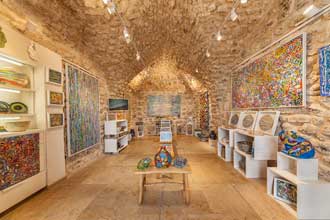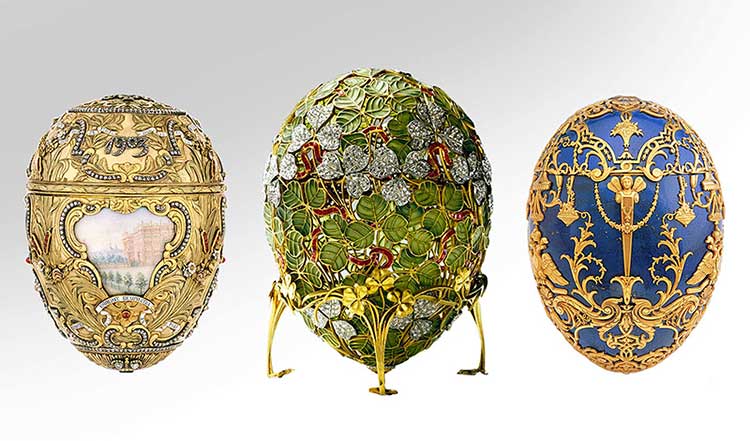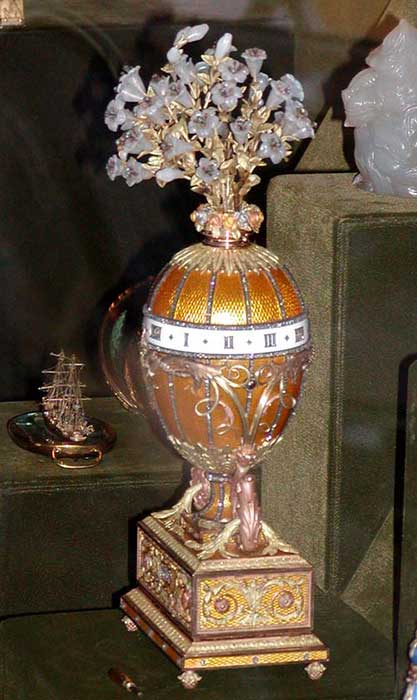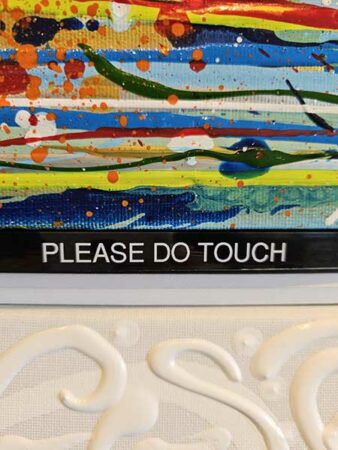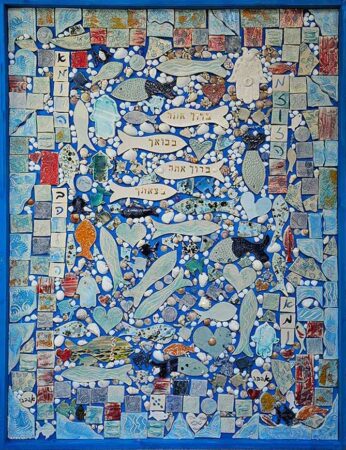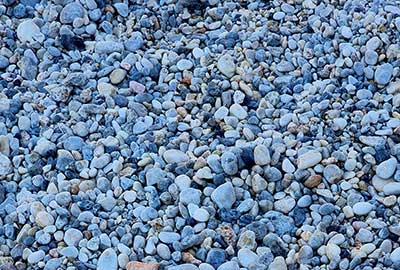Dear readers,
it is a little strange to write about art in these times of crisis in our country, but if we look back in history art has always expressed its protest at the same time as events. In this post for the holiday I would like to take you back in time to the beginning of the 19th century in Russia. You’ve probably heard of Faberge eggs, but not everyone knows exactly where it all started.
Fabergé eggs
The Fabergé company from St. Petersburg, Russia was founded in 1842 and produced jewelry and ornaments for the Russian royal family. Most known for the egg-shaped jewelry.
“Special jeweler of the Imperial Court”
Fabergé is world-renowned for the eggs he created for the Russian royal family. The eggs were created as gifts for Easter. The interior of the eggshell was made of gold and other precious metals and decorated with precious gems. Small and valuable objects were carefully designed and placed inside the egg. The idea was to emulate the Russian matryoshka doll.
The first egg, called “Hen” was made for Tsar Alexander III in 1885 as a gift to his wife, Tsarina Maria Feodorovna. The Tsar and his wife were enthusiastic about the egg and decided that they would order an egg from Fabergé for Easter each following year. The eggs were prepared every year, and contrary to the custom, they were not ordered according to the Tsar’s specific requests, but were planned and designed by Fabergé himself, while the Tsar and his family did not know what the egg’s shape and theme would be, the one requirement was that each egg contained a surprise.
Alexander’s successor, Tsar Nicholas II used to order two eggs every year – one for his mother and one for his wife Alexandra Feodorovna. This tradition continued until the October Revolution.
Fabergé made a total of 54 eggs, of which 42 have survived to this day.
With the fall of the Tsar in Russia in 1917, the company founded by Gustav Fabergé, which operated successfully for 65 years, suspended its activities until 2009 when it resumed to produce new collections.
Today the company produces several products, most of which are not related to the original eggs. In December 2012 British Gemfields, a company that mines colored gemstones, purchased the Fabergé brand for 140 million dollars.
The Fabergé Museum in Baden-Baden, Germany is the first museum in the world dedicated to the works of goldsmith Peter Carl Fabergé. It was founded in 2009 by collector Alexander Ivanov.
The museum’s collection holds over 1,500 items created by Peter Fabergé, including collections of the Fabergé Egg. The eggs are displayed in a museum built by Alexander Ivanov at a cost of 17 million Euros.
Until 2014, the most important item in the museum was the Fabergé Rothschild egg, which was a gift from Beatrice Rothschild to her brother-in-law. Ivanov purchased the egg for $18.5 million at the auction held at Christie’s on November 28, 2007.
In 2014, Ivanov donated the egg to the Russian government and in the same year Russian President Vladimir Putin presented the egg as a 250th anniversary gift to the Hermitage Museum in St. Petersburg.
- We Wish you a Happy Passover!
Full of Joy and Health
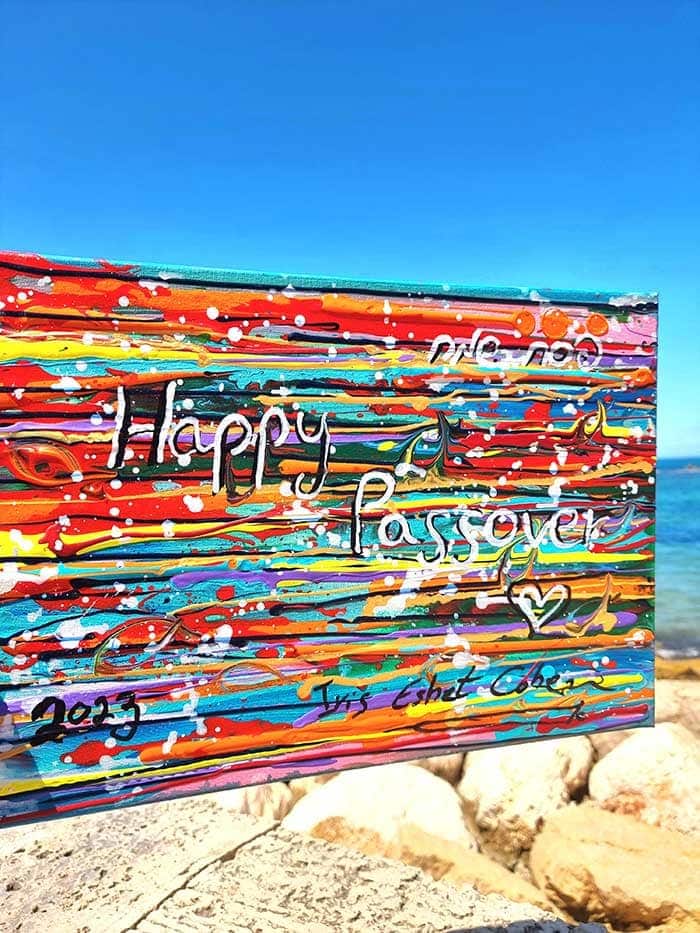
What’s new with my customers?
Iris Eshet Cohen Gallery
Writer: Iris Eshet Cohen.

Share:
Feel free to read
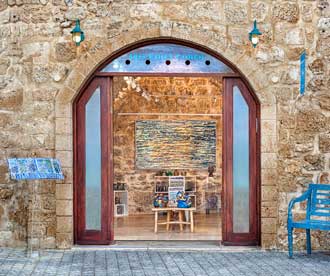
Iris Eshet Cohen Gallery
www.iris-art.co.il
3 Ratzif Haaliya Haaliya Hashniya st Tlv Jaffa Port
